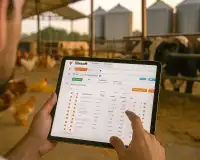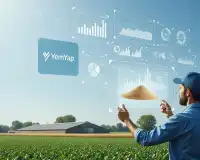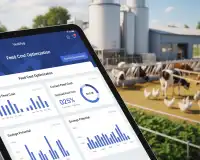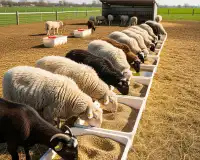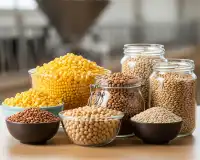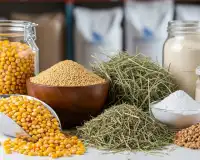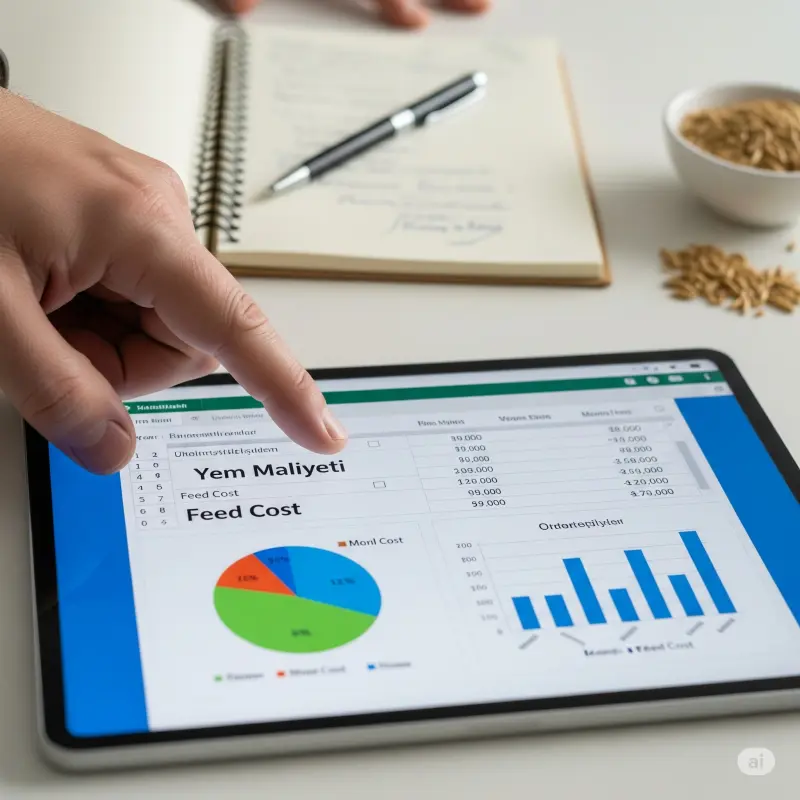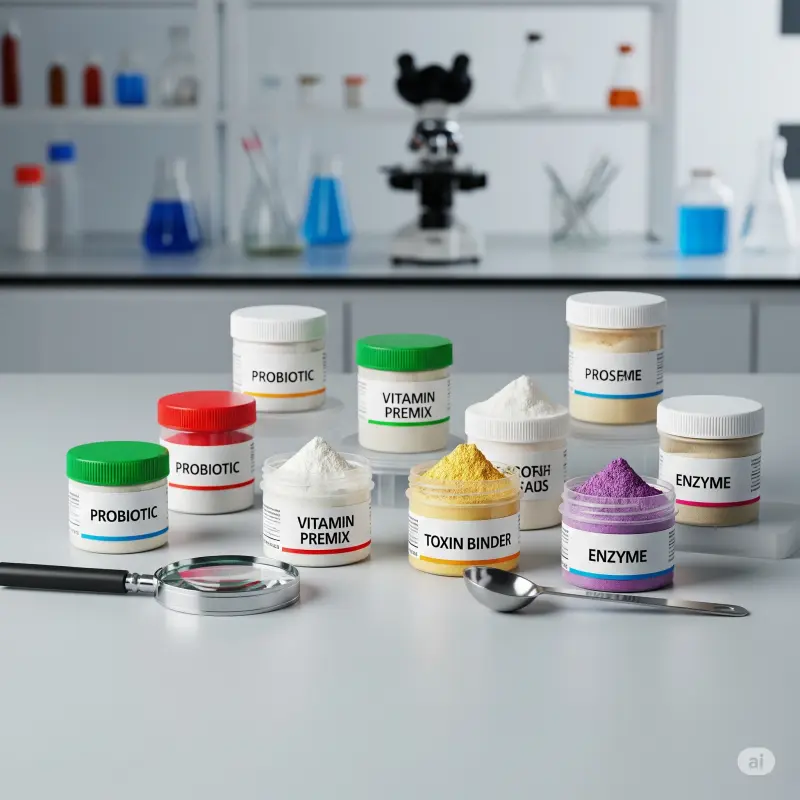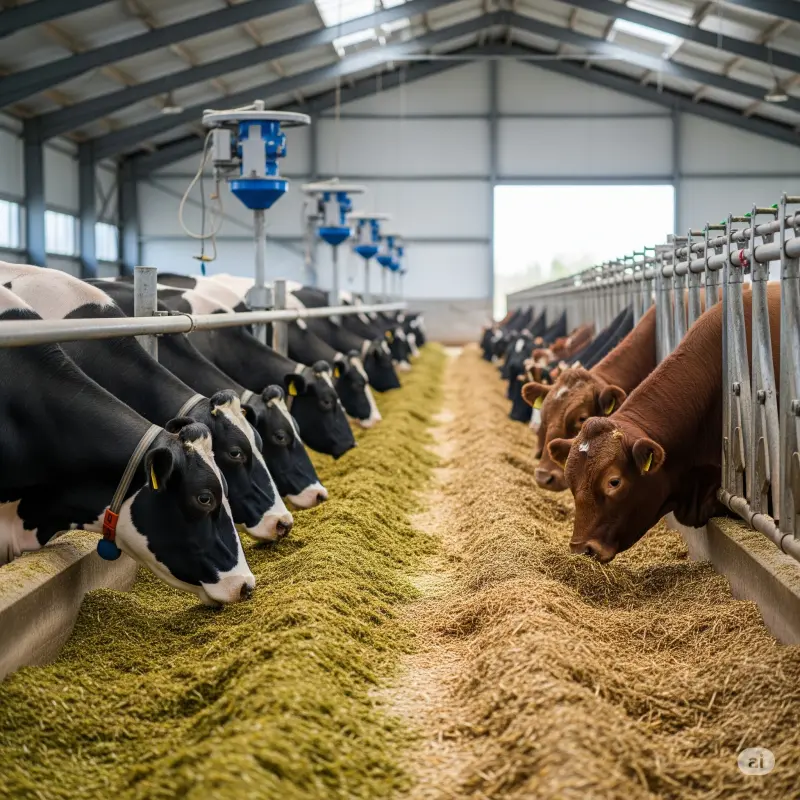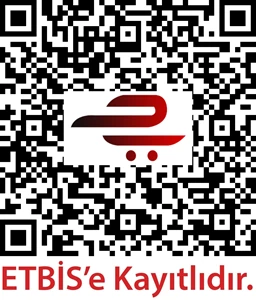What is Ration Optimization for Beginners?
What does ration optimization mean in animal feeding? In this guide, learn the basic steps and benefits of ration optimization for cost savings, increased yield, and animal health. Tips for profitable livestock farming!
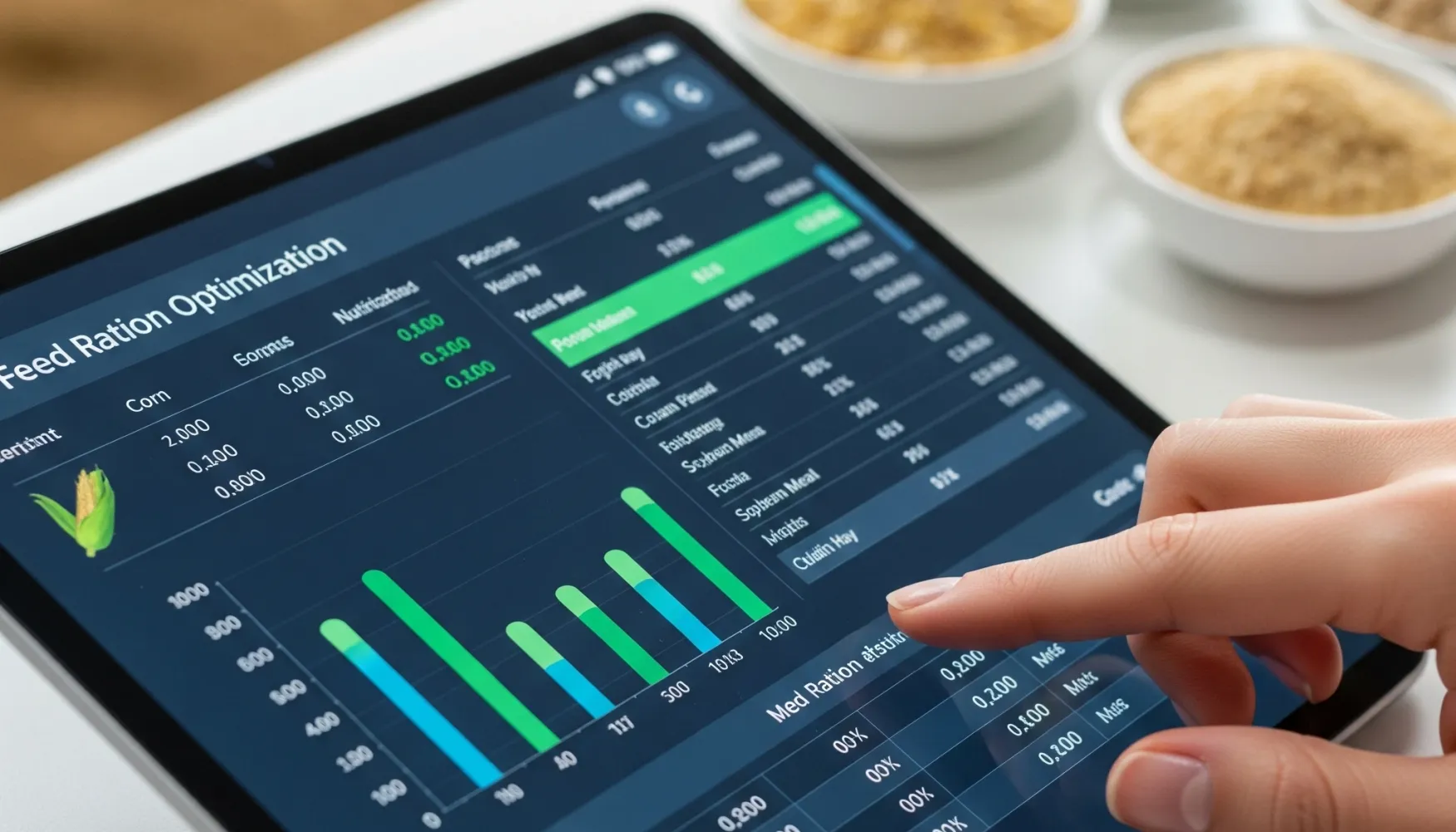
What is Ration Optimization?
**Ration optimization** is the process of finding the most cost-effective combination of feed raw materials that will meet animals' nutritional requirements (energy, protein, vitamins, minerals, etc.) while yielding the highest productivity. In essence, it seeks the answer to the question: "How can I provide the best feed to my animals at the lowest cost?"
This process considers not only cost but also the quality of feed raw materials, the animal's physiological state, production goals (milk, meat, wool, etc.), and environmental factors. The aim is to maximize animal performance while minimizing feed expenses.
Why Should You Optimize Your Rations? What Are the Benefits?
Ration optimization offers numerous advantages in animal husbandry:
- Cost Savings: This is one of the most significant benefits. Feed is the largest expenditure for livestock operations. Through optimization, you can achieve substantial savings by providing the same nutritional value with more affordable raw materials.
- Increased Yield: When animals receive all the necessary nutrients in correct proportions, they reach their highest productivity (milk, meat, reproductive performance) in line with their genetic potential.
- Improved Animal Health: A balanced ration strengthens animals' immune systems, reduces the risk of metabolic diseases (e.g., acidosis, ketosis), and enhances their overall health.
- Reduced Feed Waste: It minimizes feed waste by preventing over or underfeeding. It ensures that animals receive everything they need in the right amounts.
- Environmental Sustainability: More efficient use of nutrients reduces the amount of excess nutrients (nitrogen, phosphorus) excreted by animals in their manure, thereby lowering the environmental impact.
- Data-Driven Decision Making: Optimization, supported by raw material prices and animal performance data, enables you to make more informed and strategic decisions.
---
Basic Steps of Ration Optimization:
The ration optimization process typically involves the following steps:
- Determine Animal Needs:
The first step is to precisely determine the nutrient requirements (energy, protein, fiber, vitamins, minerals) based on the animal's species (cattle, small ruminants, poultry), age, live weight, physiological state (growing, pregnant, lactating, dry period, etc.), and desired production level (e.g., how many liters of milk per day, how many kg of daily live weight gain are targeted). This is typically done using feeding standards and tables utilized by animal nutrition specialists. - Identify and Analyze Feed Raw Materials:
It is crucial to accurately know the nutritional values (dry matter, crude protein, energy, fiber, mineral content, etc.) of each feed raw material you plan to use (corn, barley, soybean meal, silage, hay, etc.). This information is most accurately obtained through **laboratory analyses**. Raw material prices should also be continuously monitored. - Define Constraints:
Each feed raw material has a maximum or minimum proportion that can be used in the ration. For example, since straw is difficult to digest, its proportion in the ration should not exceed a certain level. Or, some raw materials may have usage limits due to palatability or toxicity. These constraints are included in the optimization model. - Create and Solve the Mathematical Model:
All the above data (animal needs, nutritional values and prices of raw materials, usage constraints) are converted into a mathematical model. This model is typically solved using specialized **ration optimization software** or complex Excel spreadsheets. The software calculates the optimal combination of raw materials to achieve the defined goals (e.g., lowest cost). - Implement and Monitor the Ration:
The optimized ration is then applied to the animals. However, the work doesn't end there! The animals' response to the ration (feed intake, productivity, health status, manure consistency) should be continuously monitored. If the expected performance is not achieved, or if raw material prices change, the ration should be re-optimized.
---
Key Considerations in Ration Optimization:
- Expert Support: Especially at the beginning, working with an animal nutrition specialist (veterinarian or agricultural engineer) is vital for determining the correct ration and preventing potential errors.
- Quality of Raw Materials: No matter how well optimization is done, using poor quality or spoiled feed raw materials will negatively impact the entire process. The freshness and quality of raw materials should always be a priority.
- Accuracy: Accurately determining animal needs and raw material nutrient values is fundamental to the success of optimization. The principle of "garbage in, garbage out" applies here.
- Continuous Review: Feed prices, animal needs (as productivity changes), and even weather conditions can change. Therefore, rations should be regularly reviewed and re-optimized when necessary.
- Small Differences, Big Impacts: Even seemingly small percentage differences in feed optimization can lead to significant changes in feed costs and animal performance.
Ration optimization is an indispensable tool for a modern and profitable animal husbandry operation. By correctly implementing this process, you can enhance your animals' health and productivity while effectively managing your operational costs. --- Do these steps help clarify the concept of ration optimization for you?
